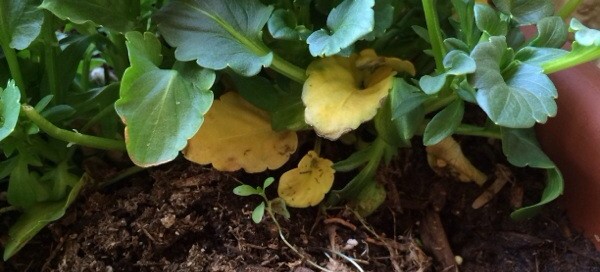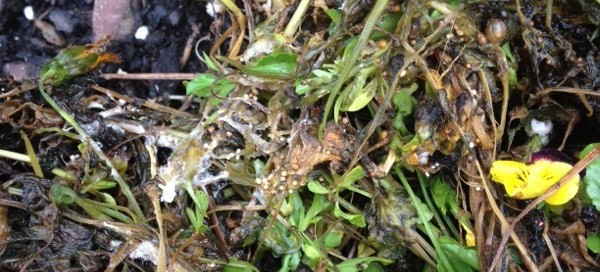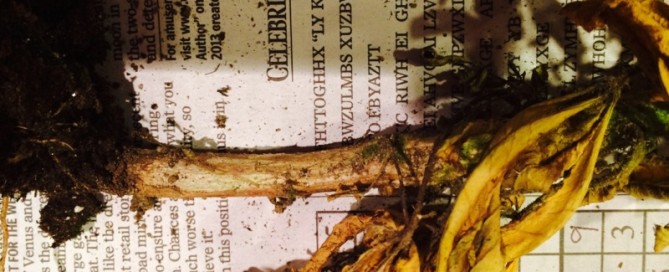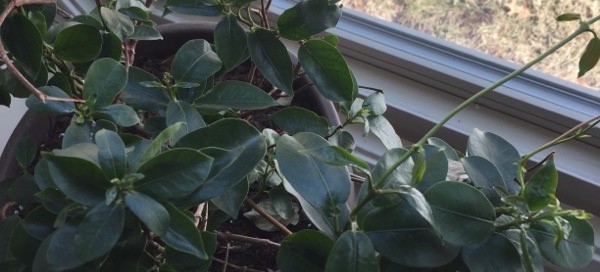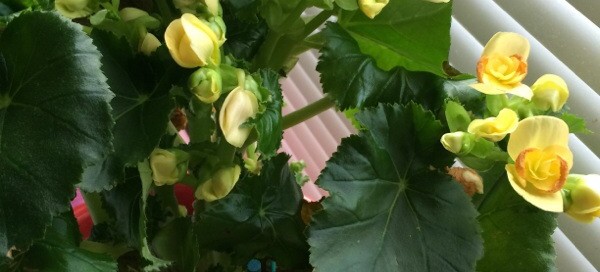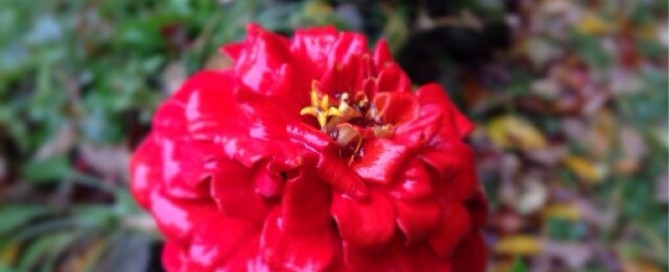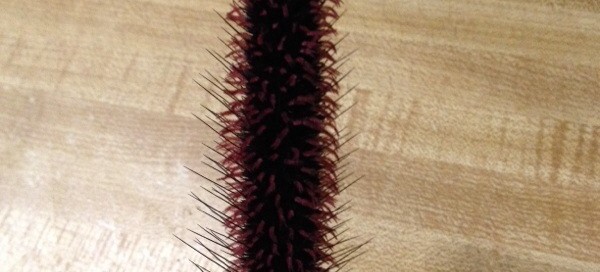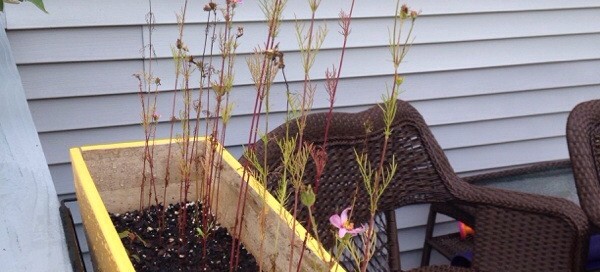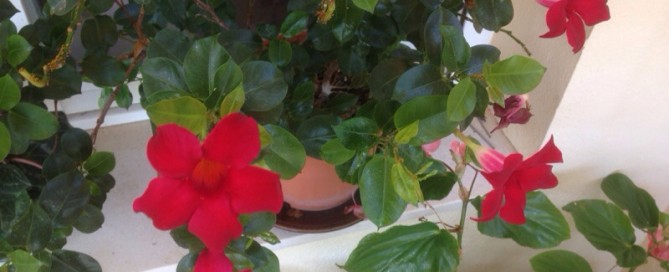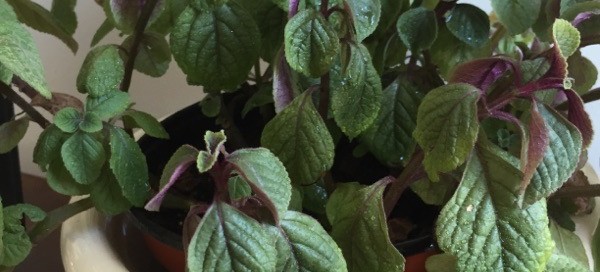Pansy Problem With Yellow Leaves
The description of mushy leaves and the yellowing leaves may be the result of a root/crown rot, a fungal disease common to pansies caused by a Phytothera or Fusarium fungi. It is soil borne and infects the roots at the base of the plant. If the plant flops over when pushed lightly, this may be the problem. Plants may wilt and suddenly die or the leaves may simply turn yellow. A dark sunken area may be seen on the stem at or near the soil line. Roots may appear rotted. Some plants may survive but remain weak and stunted. If these are the symptoms, suggest you dispose of the plant and the soil in the trash, sterilize the container with one part bleach to 10 parts water and start over. Show your photo to a local garden center for confirmation of the problem.
